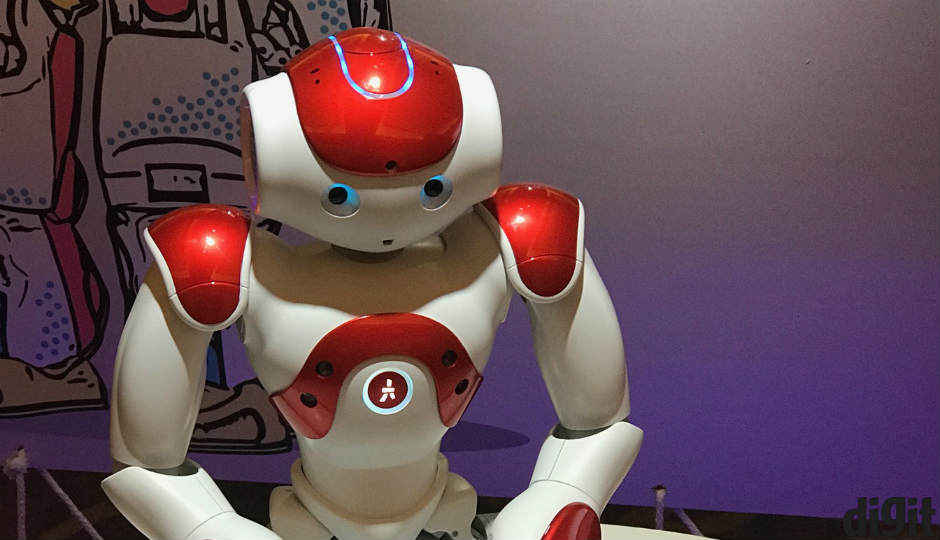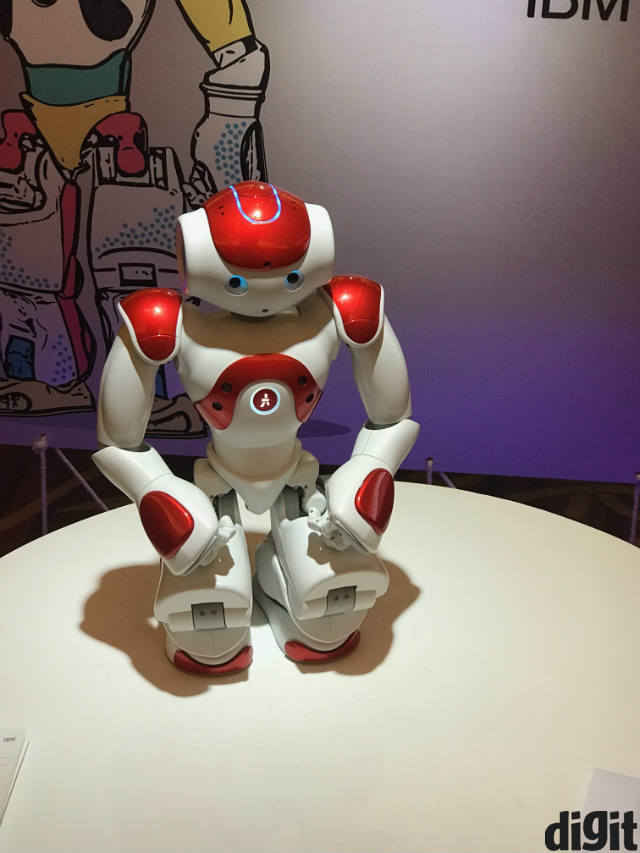Here’s how IBM is using Watson to promote smart cities in India

From irrigation assists to HR interactions and intelligent city managements, IBM is using Watson's AI and deep neural capabilities to promote the fundamentals of smart cities in India.
The IBM Watson artificial intelligence has often been in the headlines – for composing music, playing chess and even cooking food. Looking at it up close, however, is a different experience. The makers of IBM Watson and its multiple deep neural branches were in India today, and spoke about how IBM has been collaborating with the Government of India, along with private institutions, to bring cognitive technology to commonplace spheres of life.
The cognitive technology is not just about artificial intelligence, but is a combination of AI, machine learning and deep neural networks, and are often present in the mundane, statistical forms. The information, however, can be crucial in India's push for smart cities. As Sriram Raghavan, Director of IBM India Research told us, "The key is to encourage certain schools and institutions to come forward and set precedence, which will work wonders in removing initial notes of inhibition among many about automated technology." It is this that IBM is aiming for, and has reportedly held talks with the Government of India to partner and provide Watson's Career Training cognitive platform in line with the NCDS programme.
"The Internet of Things is an equally pivotal factor, and the rise in awareness and enthusiasm surrounding IoT will be crucial in taking cognitive platforms to everyday households," added Raghavan. True to his word, the technology on display today included Watson's Intelligent Operations Centre – a centralised platform for city mayors and authorities to monitor, track and address grievances. While the algorithm in itself is intelligent and tracks responses, alleviated concerns and other governance factors, what would make India complete the prospect of converting to smart cities are IoT appliances including connected heavy vehicles and city services. Cognitive platforms and IoT, in short are partner technologies, reliant on each other for widespread implementation.
Amidst all of this, the company showed something fun – the Aero Assist robot as a commercial forefront of IBM Watson’s intelligent capabilities. The affable little robot, standing at a feet and half, has image recognition sensors in place of eyes, and can recognise you as an authorised person. It can also dance, wave at you, and do push ups. Against the rather austere setup of Watson’s practical implementation, Aero Assist is somewhat based on Nao, and forms a very interesting recreational robot for homes.
Here, too, IBM’s focus remains on smart cities. IBM wants to employ this at airports, with authentication setups being the key area of implementation. Such robots are also being looked at as concierge services, where they can guide individuals, greet them and interact with them. We did not get a chance to see the full implementation of its interactive features, but the glimpses are promising. We have already seen similar humanoids in action elsewhere, but where Watson stands apart is in its diversity of application.
The core platform is now being implemented in farmlands, to provide weather, irrigation, farm statistics, future predictions, and status of farm produce. Integrated HR portals can make use of the algorithms to gauge attrition factors in office, and hence, reduce inefficient employment. For students, Watson can provide insight into career interests, and relay instant statistics from IBM’s data pool on myriad streams, the end result of an academic course, and hence being an interactive job-academic platform to improve skill training in India.
The groundwork, to sum up, has been put in place, and IBM is in talks with the Government and private institutions to start implementing Watson services all across in India. What remains to be seen is how Digital India ventures accept these moves.





